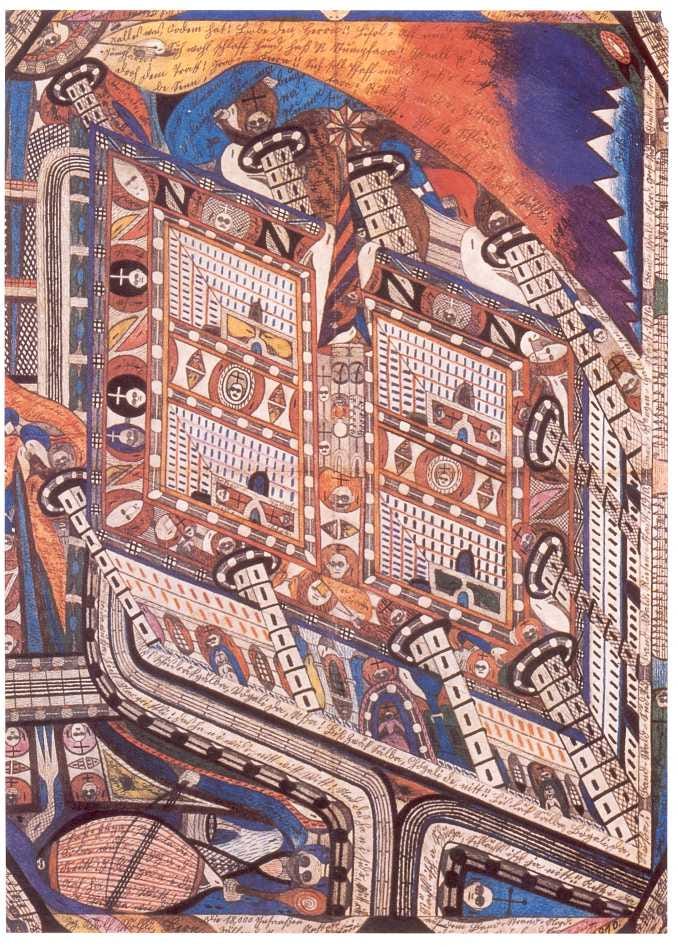Error in Art
Enriching Artistic Discourse and Revolutionizing the Perception of Art
The role of error in artistic processes is increasingly recognized as an essential catalyst for creativity and innovation.
"Error," whether it appears as unintended irregularities, random deviations, or deliberately induced imperfections, can open up new forms of expression and have a lasting impact on the perception of artworks.
Numerous studies and case examples demonstrate that errors in art should not merely be regarded as flaws, but rather as creative impulses.
For instance, a study by Müller et al. (2021) showed that a targeted engagement with errors in creative processes can increase innovation capacity by up to 20%. The authors argue that errors act as unexpected stimuli, enabling artists to question existing conventions and develop new aesthetic perspectives.
This is exemplified by the music of composer John Cage, who expanded the boundaries of traditional musical composition by employing random processes and unpredictable sound events. His famous piece "4′33″" illustrates how the apparent error—silence—can be transformed into a deliberate artistic statement.
In digital art, particularly in Glitch Art, error is used as a central design element. Rosa Menkman, a leading figure in Glitch Art, interprets digital disturbances and malfunctions as new, aesthetically valuable forms of expression. By transforming technical errors into visual artworks, she creates pieces that offer viewers insights into the fragility and complexity of modern technologies.
In Impressionism, random brushstrokes and unexpected color transitions often led to innovative interpretations of reality. Artists such as Claude Monet and Pierre-Auguste Renoir deliberately incorporated unintended irregularities to capture the interplay of light and movement on canvas.
Moreover, in the realm of conceptual art, error has been utilized as an integral component of the creative process. In the work of Joseph Beuys, for example, the concept of "social plasticity"—the ability to transform social structures through artistic action—was closely linked to a conscious handling of errors.
These findings and case examples underscore that errors in art should be perceived not merely as unintentional shortcomings but as valuable opportunities for creative processes. By integrating a tolerance for error into the artistic creation process, new ideas and forms of expression can emerge, thereby enriching the artistic discourse and revolutionizing the way art is perceived.
KB
Quellen
Adolf Wölfli
https://de.wikipedia.org/wiki/Adolf_W%C3%B6lfli
Müller, A., Schmidt, B. & Weber, C. (2021). The Role of Error in Creative Processes in Art. Journal of Aesthetic Education. JSTOR
https://www.jstor.org/stable/3333183
Dubuffet, J. (1960). Art Brut. Paris: Flammarion. Britannica – Art Brut
https://www.britannica.com/art/art-brut
Csikszentmihalyi, M. (1996). Creativity: Flow and the Psychology of Discovery and Invention. HarperCollins. Goodreads – Creativity
https://www.goodreads.com/book/show/16720.Creativity






